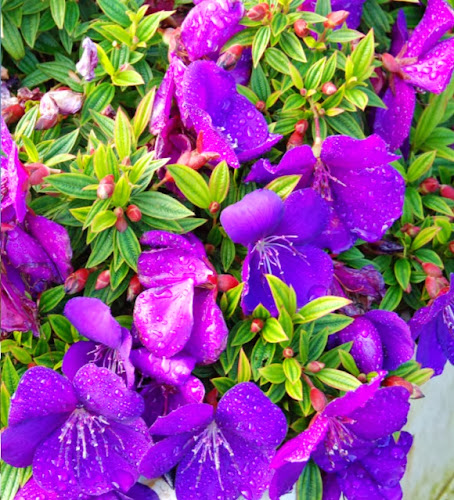Tree Disease & Fungus Treatment Services
Tree disease diagnosis and tree protection treatment begins with a comprehensive inspection of your landscape by one of Zeal Property Maintenance industry-certified arborists. During a consultation, your arborist will be able to determine the overall health of the landscape, identify specific tree diseases, and recommend any needed tree services to preserve the vitality of your property. Zeal Property Maintenance experience, expertise and state-of-the-art equipment enable us to quickly diagnose tree diseases and recommend specific treatments for tree protection and vitality.
Treatment for Tree Diseases
Tree service programs designed to maximize the health and beauty of your landscape need to take into account the specific conditions of the trees at your home. Tree disease treatment is most effective when the type of tree, disease characteristics and your personal preferences are all taken into consideration.
Zeal Property Maintenance foliar tree disease treatments are designed to protect your valuable evergreen and deciduous ornamentals from damage due to foliar tree diseases.
Most of these are caused by fungi that are prevalent during spring when the weather is rainy. Treatments provide a protective barrier on the leaf or needle surface that will prevent the germination and growth of spores that cause tree diseases.
Common Tree Diseases and Treatments
Professional tree disease treatments can help protect your landscape investment and enhance your property value. Our arborists are experienced tree doctors who diagnose and treat many types of trees, including pine, elm, dogwood, maple tree varieties, cherry, ash, willow, magnolia and many others. Below are some of the most common tree diseases and their treatments:
Dutch Elm Tree Disease
Dutch Elm Disease has felled feature elm trees on many northeastern landscapes. As a preventive measure, specimen elm trees (Ulmus americana) can be successfully trunk injected during the spring/summer with a treatment that will prevent the development of the Dutch Elm Disease fungus for up to three years. However, this tree disease treatment is not always effective against previously infected trees.
Fruit Tree Diseases
There are specific fungal infections, as well as insect and mite activity that commonly affect orchard trees and which may impact the production of edible fruit. Zeal Property Maintenance fruit tree disease treatments follow a protocol developed by several leading universities, utilizing the minimum number of treatments required to facilitate a productive harvest.
Sycamore Anthracnose
Sycamore Anthracnose is a common tree disease that results in extensive defoliation, shoot dieback, and twig death of your sycamore trees especially when extended periods of wet weather occur in the spring. Because it is very difficult to control through conventional disease treatments, Zeal uses a macroinfusion system that will prevent infection of your sycamore specimens for two years.
Zeal can also help prevent and treat other common tree diseases including dogwood anthracnose, apple scab, cedar apple rust and more.
Call 1300882787. today for a complimentary consultation with Zeal Property Maintenance fully trained professionals and certified arborists
